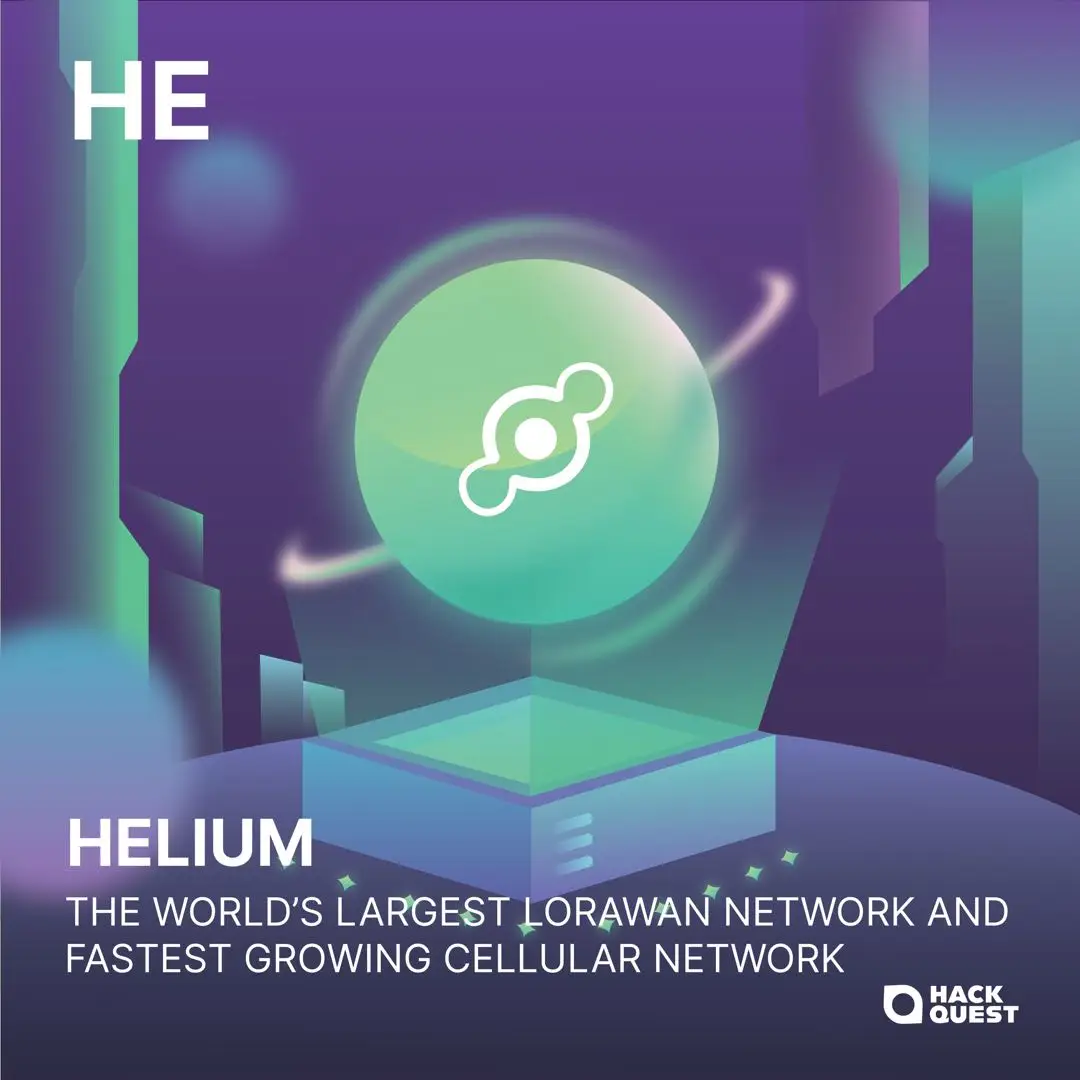Welcome to the world of Web3, where cryptocurrencies, blockchain, and a unique culture converge. Entering the world of Web3 can be both thrilling and overwhelming, especially when faced with the seemingly cryptic language enthusiasts use. Don't worry if you feel they sound like some secret codes, we are here to unravel their meaning. In this article, we are going to introduce [Helium].

What is Helium?
Helium is a decentralized blockchain-powered network for Internet of Things (IoT) devices. Launched in 2019, it aims to provide a wireless infrastructure for IoT devices to connect to the Internet in a secure, cost-effective, and decentralized manner. Unlike traditional internet services, which rely on centralized providers, Helium is built on a distributed network of hotspots owned and operated by individuals around the world.
Helium started with a novel idea: using balloons equipped with special antennas to create a decentralized wireless network. These balloons would have floated high above cities, providing internet access to devices in remote areas. While the balloon project faced challenges, the core idea of a people-powered network remained.
How Helium fits into Web3
Decentralized Network
Unlike traditional networks owned by a single company, the Helium network is built and maintained by a community of Hotspot owners. This creates a more resilient and distributed system.
The "Internet of Things" (IoT)
With billions of devices expected to be connected to the internet in the coming years (think smart home appliances, wearables, etc.), Helium provides a low-power, cost-effective way for these devices to connect.
Tokenized Incentives
By earning HNT for contributing to the network, Hotspot owners are rewarded for their participation. This creates a win-win situation: users get better network coverage, and Hotspot owners earn for supporting the network.
Low Power and Long Range
Helium hotspots use LongFi technology, combining the low power consumption of LoRaWAN (a popular low-power wide-area network protocol) with the blockchain's security and scalability features. This allows for long-range communication with minimal energy use, ideal for IoT devices.
Potential Questions you may have
Is Helium secure?
Yes, Helium uses advanced encryption and a secure blockchain to protect data transmitted across its network, ensuring privacy and security for users and devices.
How can I participate in Helium?
Individuals can participate by purchasing and setting up a Helium Hotspot in their home or business. This requires an upfront investment in the hardware, but it can earn HNT tokens over time as it provides network coverage.
What challenges does Helium face?
Like any decentralized project, Helium faces challenges such as network growth, regulatory hurdles, and ensuring widespread adoption. However, its community-driven approach and innovative use of incentives have helped it overcome many of these obstacles.
Conclusion
Helium is still a young project, but it has the potential to revolutionize how we connect devices and build a more decentralized internet. As Web3 continues to evolve, Helium's role in creating a people-powered network infrastructure will be interesting to watch.